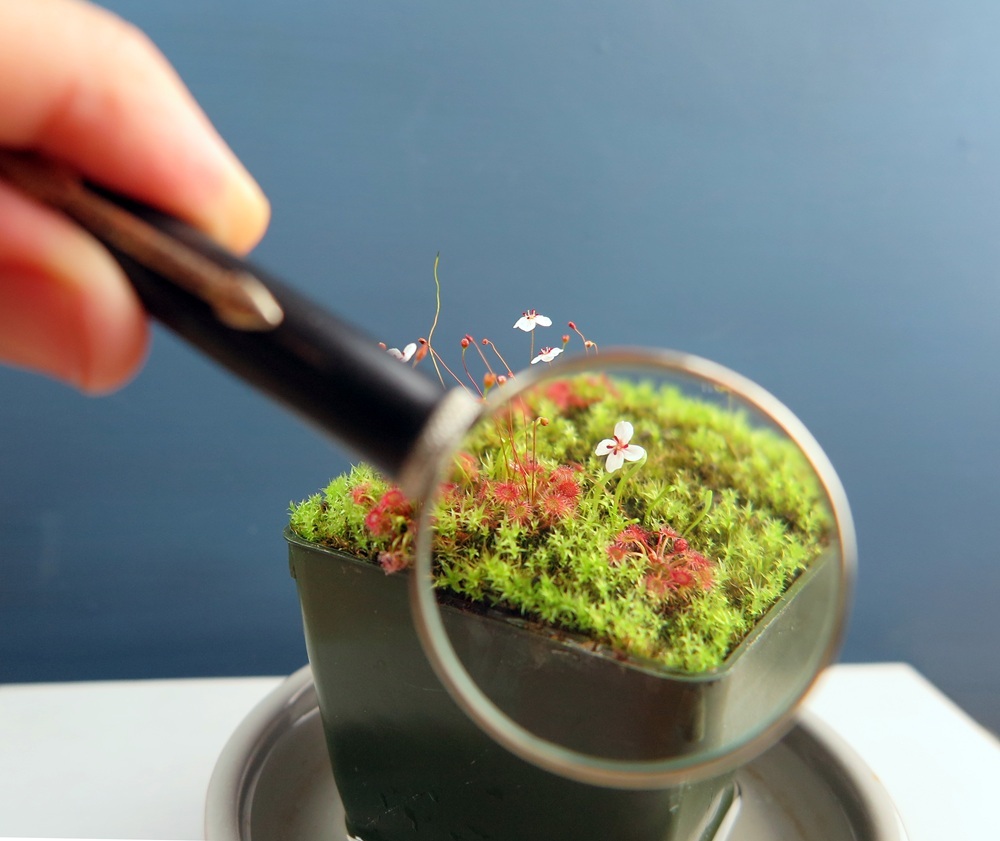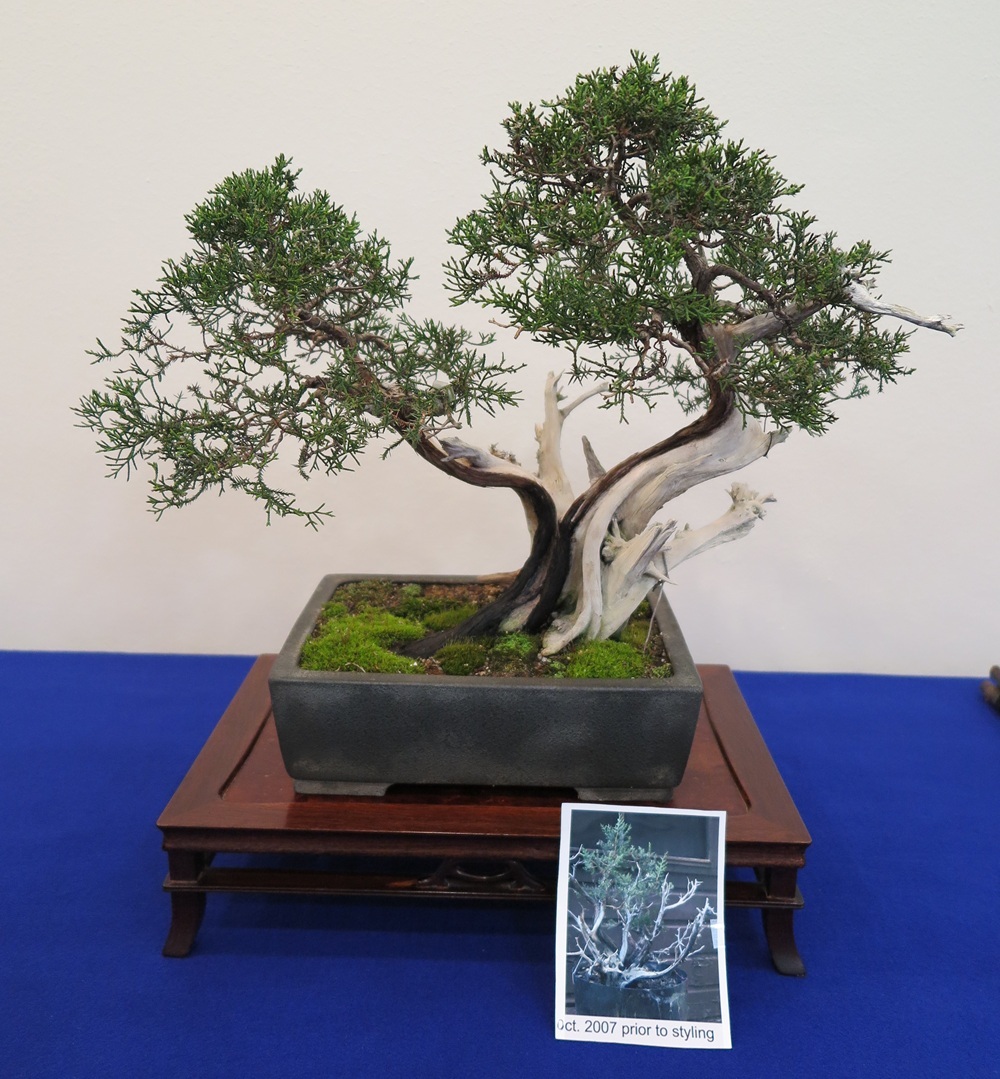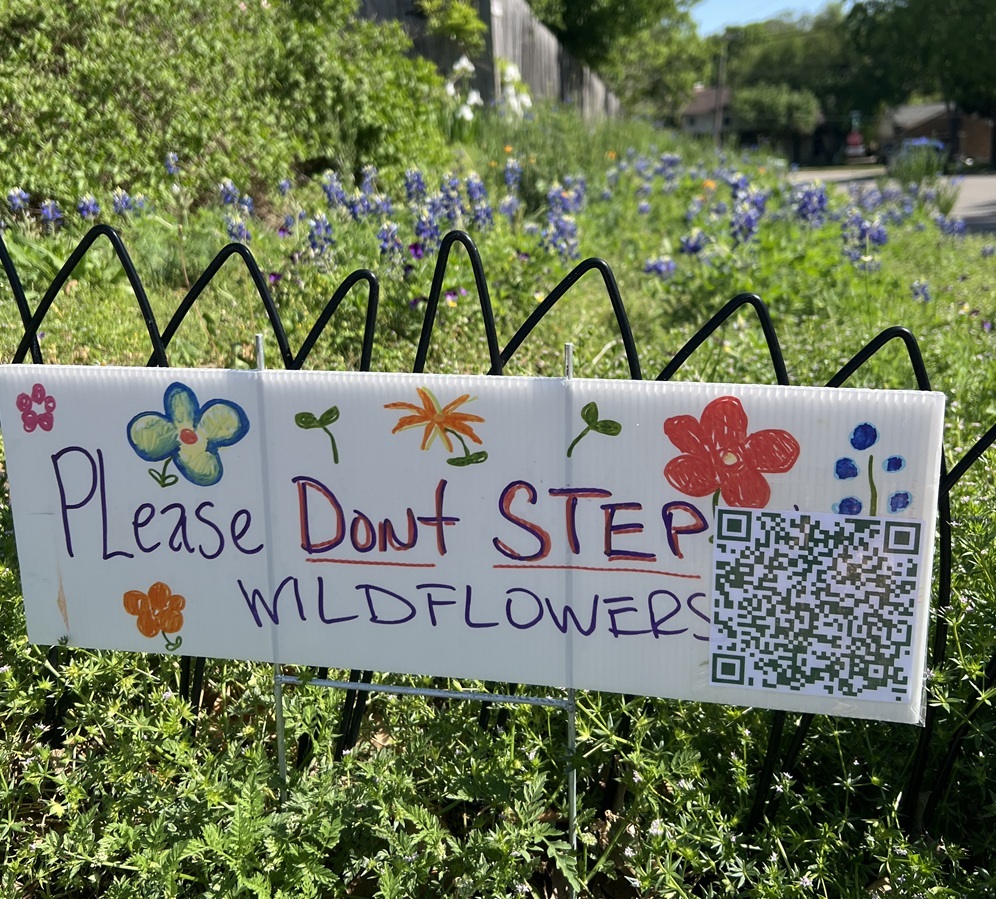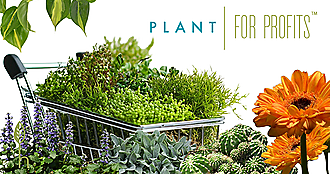Trends in the Houseplant and Gardening World for 2025

Plant For Profits Column, Leslie F. Halleck
What are Gardeners and Houseplant Enthusiasts Crazy for in 2025?
I’m often asked what trends I see emerging in the horticulture world. While, if you know me, you know that I prefer to create trends and drive demand instead of responding to potential trends, there are always some spikes in consumer interest I see come and go in the houseplant and gardening world. This is by no means a comprehensive list, rather a few stand outs from what I’m seeing manifest with my horticulture students, green industry clients, and in many forms of media.
So to celebrate National Gardening Day, what’s on deck for 2025 in the plants and gardening world?
HOUSEPLANT TRENDS
Per usual, there are a few categories of somewhat tougher to grow indoor plants that are coming back around in popularity. I see this swing happen regularly, as new plant enthusiasts get bored of the easy standards and start to investigate more unusual plant groups. Only to eventually find them a bit more challenging, so they go by the wayside again. However, with the intense plant collecting that happened during the Plantdemic, modern-day houseplant enthusiasts may be more up to the task of these more challenging plant groups.
CARNIVOROUS PLANTS: Specifically pitcher plants, I think are starting to have a moment (again). This is a cycle that comes and goes, because carnivorous plants are more challenging to grow indoors than most of your standard houseplants. BUT they are just so irresistibly cool, right? I’m seeing some new offerings and new packaging of carnivorous plants so that says to me growers are trying to hit a new cycle of enthusiasts. If I may, as a long-time carnivorous plant enthusiast myself, you might check out some of the tinier species to start out with, such as sundews and butterworts as they are much easier to accommodate in small spaces and offer up a good test run on practicing with some of the more challenging care regimens. You can check out some of MY favorite tiny carnivores in my book “Tiny Plants”.

Pygmy Sundew
Drosera patens x occidentalis
PC: Leslie F. Halleck
STAGHORN FERNS: Oh yes, I’ve been hearing a lot of underground growing demand for staghorn ferns again! I feel like they are due for another moment. There are about 18 different Platycerium species to choose from, with varied common names. Now, most houseplant enthusiasts find staghorn fern can be a bit challenging to grow successfully, depending on where they live, due to light and humidity needs. But that’s certainly never stopped anyone (me) from trying right? One thing I’ve heard from many of my students (many of whom are very interested in this plant group) is that they would love to see more new creative mounting options, perhaps some wicking fixtures, to support staghorns indoors. Hey product designers, this is your moment!

Staghorn Fern
Platycerium bifurcatum
PC: Leslie F. Halleck
CLIVIA: Is it just me or does it seem like more folks are posting about their blooming Clivia spp.? I feel like there is an uptick in interest for this old-school favorite. Whilst not technically a true bulb, I feel like an increasing interest in Clivia stems from a bulb-adjacent interest (see below in gardening trends!) There's been a fair amount of under-the-radar breeding with clivia in recent years, introducing new colors and sizes to the market (check out the breeding program at Longwood Gardens). My favorite? Green flowered Clivia miniata 'Hirao'. I think houseplant enthusiasts are seeking out more blooms and a little color indoors, whilst retaining some larger foliage, and Clivia certainly fits the bill.
EDWARDIAN CASES & CLOCHE: Again, nothing new, but I’m seeing a growing interest in smaller glassware (getting away from the larger glass cabinets) to sustain high-humidity divas. With thrifting becoming more popular again (and many consumers opting out of the economy in regards to buying new “stuff” from mass merchants) I think more growers are going to be hunting out vintage cloche and Edwardian cases to keep smaller groupings or individual high-humidity plants happy. There are also more small vendors building new glass cases. Ok, I’m going to have to point you again to my book “Tiny Plants” because if anyone is obsessed with vintage glassware for growing plants it’s ME! I go deep on this topic in my book.
GARDENING TRENDS
HOME GREENHOUSES: I’ve seen a marked rise in the number of new home greenhouse kits available as well as more greenhouse builders pushing into the U.S. market. I'm also getting more requests for consulting for homeowners who've built larger home greenhouses. So I’m sniffing out a resurgence in this trend. The Covid Pandemic (which isn’t gone) certainly pushed a lot of new people into home gardening, and with a new round of Weltschmertz hitting the U.S. with intense political and economic stress, I think home greenhouses may be a big part of the 2.0 version of the next home gardening boom. So much so that I agreed, when asked by Quarto, to write my new book on this very topic. I mean, what gardener or plant lover doesn’t DREAM of their own greenhouse?? “The Home Greenhouse Companion”, the book I’m writing now, will be out in 2026 and this is going to be a fresh modern take on the subject. Plus, as I usually do, I’m going to dig deeper into detailed growing information than you might be used to getting in home gardening books, so this book will also be appropriate for anyone looking to scale up home greenhouse projects into something commercial. Keep your green eyes peeled for its launch in 2026.
70 % BIOMASS OF NATIVE PLANTS: Interest in
native plants is nothing new of course, but native-curious gardeners
are definitely on the rise and there’s a growing demand for more
specific native plant knowledge. As cool and trendy as it sounds, not
everyone can actually recreate a “prairie” environment on their specific
property given the geographical location, environmental conditions,
light availability, soils, etc.- it’s just not realistic. But what home
gardeners can do is shift their goal to incorporating native
plants into their landscape such that they are achieving a 70% biomass
of natives. This percentage of natives can have a significant impact on
the inputs of the landscape as well as its usefulness for wildlife. So
instead of struggling to try and recreate a type of ecosystem that may
or may not work on your property, think about increasing the biomass of
natives that can realistically work alongside other plants you have,
given your particular growing and maintenance conditions. I think this
shift can be more accessible and achievable for most home gardeners. If you want to read about my wildscape wildflower lawn project click here.
BULBS: Now, this is something I’m just having a gut feeling vibe about. I’m sensing a nudge towards and interest in bulbs again, and I suspect this may be a native plant-adjacent phenomenon. As gardeners are looking for more tough and drought resistant plants, they may discover that bulbs (and other underground propagule forms - I'm using the term "bulb" generically) are an incredibly useful and adaptable group of plants. Now, I myself happen to be a bulb fanatic, and for many years I created and taught bulbs related classes. It feels like bulbs fell out of the public gardening discourse for a while, but I’m feeling a bulb-phase for many gardeners coming back around. Yes? No? If you aren’t yet interested in bulbs…you should be!
INDOOR & OUTDOOR HYBRIDS
BONSAI: I've noticed what seems to be a surge in interest in bonsai, especially amongst younger plant enthusiasts. I'd say this is a typical trend cycle as branching out into bonsai from a houseplant hobby is common. Bonsai specimens can be challenging to maintain, especially indoors (if we're talking woodies) so that's often why the category is abandoned. But if you want to encourage growth in this area, we need to educate buyers on the distinct differences between bonsai that should be kept outdoors, versus bonsai-ish (or bonsai adjacent as I call them) tropicals that are sold as "bonsai" that can survive indoors.

Bonsai on display at the Dallas Bonsai Society Show
PC: Leslie F. Halleck
PLANT PROPAGATION: This goes for both houseplants and outdoor garden plants, but I’m seeing increased interest in home gardeners and plant keepers in more advanced plant propagation techniques such as grafting and tissue culture, which are usually left to the professionals. So this goes beyond your standard water-rooting of a Pothos ivy on your kitchen counter. I’m getting more and more questions about how to propagate woody plants, graft plants, and germinate more difficult seeds of natives and wildflowers. I can provide a lot of propagation guidance in my book “Plant Parenting” but there are many great books out there specifically dedicated to grafting and tissue culture.
Genetically Engineered Plants?
One other point of plant interest that seems to be coming up with my students is that of the emerging market of GE plants becoming available to consumers. Such as the Firefly Petunia. What I'm seeing is there is still a mass lack of awareness of GE plants and how they are moving into the market, and the impact. But there is a growing curiosity that I think needs to be better addressed by the gardening industry.
What Else?
There are plenty more topics gardeners and houseplant collectors are interested in right now, but I see them as mostly a continuation of trends that resurfaced during the first few years of the pandemic. Edible gardening, Aroids, etc. Perhaps I'll dive into the nuances of how those interests are evolving in a future post!



